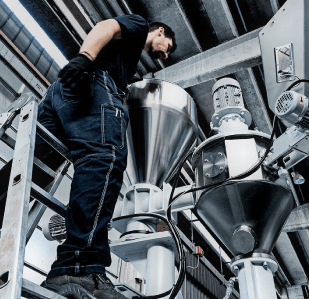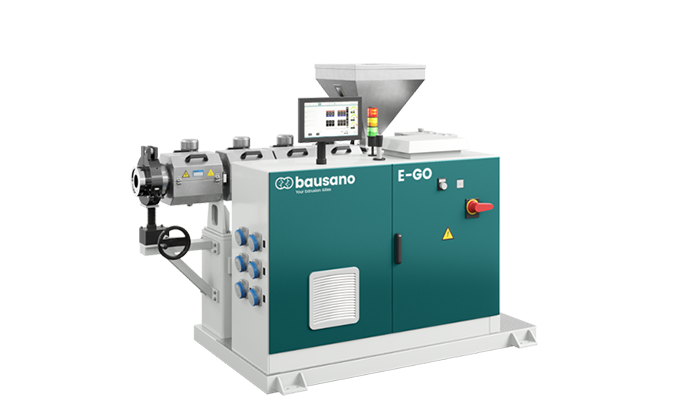In Summary
Use of U-PVC in engineering applications is well established.
Its advantages in terms of replacement of metal and wood, light weight, ceaseless nature, weld ability, aesthetics, energy conservation and low cost make it very popular. Though U-PVC pipe is considered as a round and simplest form of profile, the die design aspects are quite intricate.
Profile dies design aspects:
Being asymmetrical, dies need to be balanced to have uniform extrudate flow perpendicular to the die. This would also eliminate the differential stresses frozen in the profile during cooling.
Melt pressure within the die varies inversely with the cube of die opening. To facilitate die balancing, dies usually comprise the number of rectangular plates. This also facilitates machining, chrome plating and gradual compression for gentle flow.
Alignment of plates within hollow sections is very important. This would avoid stagnation of degradable PVC compounds and provide a streamline flow.
This die balancing also takes care of different die swells at different wall thicknesses of intricate profiles. Alignment of plates outside too is important for firm contact of die heaters for effective and uniform heating.
To fine control flow in intricate dies, often four thermocouples are provided on four sides. A heating system with firmly held thermocouples capable of controlling temperature within +/- 1°C is essential.
In the case of profile dies, changing die land length to balance the die is preferable because the effect is linear. Die design of intricate profile is not simple. Thickness requirements in different parts of the product may be different. This complicates die designing.
During trial, if product dimensions are not correct, plates can be successively removed and extrudates can be inspected to locate corrections required.
Practical considerations:
In an interesting article about this topic, Yashodhan Kanade, an experienced engineer, says that with profiles with a thickness of say 1+ 0.1mm, it is observed that after running the die during production, the thickness of the profile gradually increases due to wear and tear.
This results in two effects:
- Weight of the product per meter increases
- The line speed decreases.
Both these factors result in an increase in cost/m of the profile.
Besides, over a period of time, due to wear and tear of the screw/barrel, the output also decreases.
It is therefore advisable to ask the die manufacturer to provide die to produce minimum wall thickness as per the tolerance required. If slightly more thickness is required, it can be achieved through the use of additives including appropriate processing aid.
It is also advisable to ask for additional front plates in the die.







